Affordable Dental Care Across the Border: Los Algodones
.png)
Seeking affordable and high-quality dental care often leads many to consider options outside their home country. Mexico, particularly its border towns, has emerged as a prime destination for dental tourism. The promise of significant savings without compromising on the quality of care is a major draw. This guide will explore the best Mexican border towns for dental work, focusing on what makes them popular and what you can expect from your dental journey. Whether you're looking for routine check-ups or complex procedures like dental implants, understanding your options across the border can lead to a healthier smile and substantial savings.
Which Mexican border town is best for dental work?
"The best Mexican border town for dental work is Los Algodones, often referred to as 'Molar City,' due to its high concentration of dental clinics and reputation for affordable, high-quality care, particularly for U.S. and Canadian patients."
Los Algodones, a small town just seven miles south of Yuma, Arizona, has earned its nickname "Molar City" for good reason. With over 350 dental clinics packed into a few square blocks, it boasts the highest concentration of dentists per square mile in the world. This density fosters fierce competition, driving down prices while maintaining a high standard of care. Patients flock here for everything from routine cleanings to complex procedures like dental implants, crowns, and veneers, often saving 50% to 70% compared to prices in the U.S. and Canada. The town is specifically designed to cater to dental tourists, with many clinics offering bilingual staff, shuttle services, and assistance with accommodations.
What is Los Algodones known for in dental tourism?
"Los Algodones is known for its incredible density of dental clinics, highly competitive pricing, and a strong focus on serving international dental tourists with a wide range of procedures, from basic cleanings to advanced cosmetic dentistry and restorations."
Los Algodones has become synonymous with dental tourism due to its unique economic ecosystem. The sheer number of clinics means patients have a vast selection of dentists, leading to competitive pricing. Many dentists in Los Algodones have received training from prestigious institutions in the U.S. or other developed countries, ensuring a high level of expertise. The town's entire infrastructure is geared towards dental visitors, offering a convenient and straightforward experience. This specialization allows clinics to invest in modern equipment and maintain high standards of hygiene, making it a reliable choice for those seeking affordable dental care.
How safe is it to get dental work in Los Algodones?
"Getting dental work in Los Algodones is generally considered safe, with many clinics adhering to international sterilization and quality standards, and the town itself being accustomed to a high volume of international visitors."
While safety is a common concern when traveling abroad for medical procedures, Los Algodones has a strong track record as a safe destination for dental tourists. The local economy is heavily reliant on this industry, which incentivizes clinics and the community to maintain a welcoming and secure environment. Reputable clinics in Los Algodones often display their accreditations and certifications, and many actively promote their adherence to U.S. and international hygiene protocols. It's always advisable to research individual clinics and read patient reviews to ensure peace of mind, but the overall experience for most visitors is positive and safe.
What is the typical cost savings for dental work in Mexican border towns?
"Patients can typically save between 50% and 70% on dental procedures in Mexican border towns like Los Algodones compared to prices in the United States and Canada."
The significant cost savings are a primary driver for dental tourism in Mexico. For instance, a dental implant that might cost $3,000 to $5,000 in the U.S. could range from $800 to $1,500 in Los Algodones. Similarly, porcelain crowns that go for $1,000 to $2,500 north of the border can be found for $300 to $600 in Mexico. Even routine procedures like cleanings and fillings are substantially cheaper. These savings are largely due to lower overhead costs, including lower labor wages, rent, and education expenses for dentists in Mexico, rather than a compromise on the quality of materials or care.
What kind of dental procedures are available in Mexican border towns?
"Mexican border towns offer a comprehensive range of dental procedures, including general dentistry (cleanings, fillings, extractions), cosmetic dentistry (veneers, teeth whitening), and restorative dentistry (dental implants, crowns, bridges, dentures)."
The clinics in popular border towns like Los Algodones are equipped to handle almost any dental need. This includes:
General Dentistry: Routine check-ups, deep cleanings, cavity fillings, and simple extractions.
Restorative Dentistry:
- Dental Implants: Single implants, multiple implants, All-on-4, All-on-6, and full-mouth rehabilitation.
- Crowns and Bridges: Porcelain fused to metal, full porcelain, zirconia, and E-max crowns.
- Dentures: Partial and full dentures, including snap-on dentures.
- Root Canals: Endodontic treatments for infected teeth.
Cosmetic Dentistry:
- Veneers: Porcelain and composite veneers for smile makeovers.
- Teeth Whitening: Professional in-office and at-home whitening solutions.
Dental Bonding: For minor aesthetic corrections.
- Orthodontics: Braces and Invisalign. Many clinics also offer advanced services like bone grafting, sinus lifts, and other oral surgeries, ensuring a holistic approach to your dental health.
Do dentists in Mexican border towns speak English?
"Yes, many dentists and their staff in popular Mexican border towns for dental work, such as Los Algodones and Tijuana, are bilingual and speak fluent English to facilitate communication with international patients."
Recognizing the large influx of English-speaking patients from the U.S. and Canada, clinics in border towns have made it a priority to employ bilingual staff. This ensures clear communication regarding diagnoses, treatment plans, costs, and aftercare instructions. It helps alleviate any concerns about language barriers, making the patient experience smoother and more comfortable. When researching clinics, it's always a good idea to confirm that they have English-speaking dentists and support staff.
How do I choose a reputable dental clinic in a Mexican border town?
"To choose a reputable dental clinic in a Mexican border town, look for clinics with strong online reviews, verifiable credentials and certifications, transparent pricing, modern facilities, and a long history of serving international patients."
Selecting the right clinic is crucial for a successful dental tourism experience. Here are some key factors to consider:
- Online Reviews and Testimonials: Websites like Google, Facebook, and specialized dental tourism forums often have patient reviews that can offer insights into the clinic's quality of care, professionalism, and patient satisfaction.
- Dentist's Credentials and Experience: Look for information on the dentists' education, specialties, and years of experience. Many reputable Mexican dentists have trained in the U.S. or internationally.
- Accreditations and Certifications: Check if the clinic holds any international accreditations or affiliations with professional dental organizations.
- Facility and Equipment: Modern clinics should have up-to-date technology, including digital X-rays, intraoral cameras, and sterilization equipment that meets international standards.
- Transparent Pricing: A reputable clinic will provide a detailed quote upfront, outlining all costs associated with your treatment without hidden fees.
- Communication: Assess their responsiveness to inquiries and their ability to communicate clearly in English.
- Guarantees: Inquire about any guarantees or warranties offered on their dental work.
What is the process for getting dental work done in a Mexican border town?
"The process for getting dental work in a Mexican border town typically involves initial research and consultation, scheduling an appointment, traveling to the border town, receiving treatment, and then returning home, often with follow-up care if needed."
Here's a general outline of the process:
- Research and Initial Contact: Begin by researching clinics online, reading reviews, and gathering quotes for your desired procedures. Many clinics offer free online consultations based on your dental X-rays or photos.
- Scheduling: Once you've chosen a clinic, schedule your appointment. Consider how many visits might be required, especially for complex procedures like dental implants that often involve multiple stages.
- Travel Logistics: Plan your travel to the border town. For Los Algodones, many patients drive and park on the U.S. side of the border (Yuma, AZ) and walk across. Clinics are typically within walking distance of the border crossing.
- Initial Consultation and Examination: Upon arrival, you'll have an in-person consultation, often including new X-rays and a thorough examination to finalize your treatment plan.
- Treatment: The dental work is performed. Depending on the complexity, it might take a single day or require multiple visits over several days.
- Aftercare and Follow-up: Receive detailed aftercare instructions. For multi-stage treatments, you'll schedule your next visit. Many clinics offer remote follow-up options.
- Return Home: Cross back into the U.S. or Canada. Border crossing times can vary, so plan accordingly.
Are there other popular Mexican border towns for dental work besides Los Algodones?
"Yes, other popular Mexican border towns for dental work include Tijuana (across from San Diego, California) and Ciudad Juárez (across from El Paso, Texas), both offering competitive pricing and a good range of dental services."
While Los Algodones holds the title of "Molar City," Tijuana and Ciudad Juárez are also significant hubs for dental tourism.
- Tijuana: Situated directly across from San Diego, California, Tijuana is highly convenient for residents of Southern California. It offers a wide array of dental clinics, some of which are very modern and cater specifically to an international clientele. The city is larger and offers more amenities and attractions beyond dental care.
- Ciudad Juárez: Located across from El Paso, Texas, Ciudad Juárez is a popular choice for those in the Southwest U.S. It provides affordable dental care and is easily accessible for many. Like Tijuana, it's a larger city with more to explore.
Each of these towns has its unique advantages in terms of accessibility, available services, and overall experience, but Los Algodones generally remains the top recommendation for those prioritizing a dedicated dental tourism experience.
What are the potential downsides of getting dental work in Mexico?
"Potential downsides of getting dental work in Mexico can include travel time and logistics, potential for follow-up challenges, variations in clinic quality, and the need for thorough research to ensure a reputable provider."
While the benefits often outweigh the drawbacks for many, it's important to be aware of potential challenges:
- Travel and Logistics: For some, traveling to the border can be a long drive, and border crossing times can be unpredictable.
- Follow-up Care: In cases where follow-up visits or adjustments are needed, traveling back to Mexico can be inconvenient and add to the overall cost.
- Quality Variation: As with any industry, the quality of dental clinics can vary. It's crucial to do your homework to avoid less reputable providers.
- No Legal Recourse: While rare, if a serious issue arises, seeking legal recourse in a foreign country can be complex.
- Emergencies: While most clinics are equipped for minor issues, for significant medical emergencies, getting back to a U.S. hospital quickly might be a concern, although many border towns have U.S. hospitals just minutes away.
Is the quality of dental materials used in Mexico comparable to the U.S.?
"Yes, reputable dental clinics in Mexican border towns often use the same high-quality dental materials and brands as those found in the United States and Canada, sourcing them from international suppliers."
Many established Mexican dental clinics understand that quality materials are essential for long-lasting results and patient satisfaction. They often utilize well-known brands for implants, crowns, veneers, and other restorative materials from international manufacturers. This ensures that the dental work performed is comparable in quality to what you would receive in your home country. It's always a good practice to inquire about the brands and materials a clinic uses during your consultation.
Can I combine dental work with a vacation in Mexican border towns?
"While some border towns like Tijuana offer more tourist attractions, Los Algodones is primarily focused on dental tourism, making it less ideal for a traditional vacation but perfect for a quick, efficient dental trip."
The nature of border towns often means they are more utilitarian than resort destinations. Los Algodones, for instance, is highly specialized, with most businesses catering directly to dental patients. While you might find some restaurants and shops, it's not a typical vacation spot. For those looking to combine dental work with a more extensive vacation experience, other Mexican cities further inland or on the coast, such as Cancun or Puerto Vallarta, might be more suitable, though they involve longer travel and potentially higher overall costs.
How do payment and insurance work for dental care in Mexico?
"Most Mexican dental clinics in border towns primarily accept cash (USD is widely accepted) and major credit cards, with very few accepting U.S. or Canadian dental insurance directly."
While the vast majority of clinics don't directly bill U.S. or Canadian insurance providers, they can often provide you with the necessary documentation (such as detailed receipts and treatment codes) that you can submit to your insurance company for potential reimbursement. It's important to check with your insurance provider beforehand to understand your out-of-network benefits. Many patients find that even without insurance coverage, the significant cost savings make dental work in Mexico a financially appealing option.
What should I bring when traveling for dental work in Mexico?
"When traveling for dental work in Mexico, you should bring your passport or a valid ID, any relevant dental records or X-rays, comfortable clothing, and sufficient funds for your treatment and personal expenses."
Here's a checklist of items to consider:
- Identification: A valid passport is recommended for smooth border crossings, though a passport card or enhanced driver's license might be sufficient for land crossings.
- Dental Records: Bring any recent X-rays, dental history, or treatment plans from your home dentist. This can help the Mexican dentist understand your case more quickly.
- Medications: Any prescription medications you regularly take.
- Comfortable Clothing: Especially important for longer appointments or post-procedure recovery.
- Snacks and Water: While clinics often offer refreshments, having your own can be helpful.
- Funds: Cash (U.S. dollars are widely accepted) and a major credit card. Inform your bank of your travel plans to avoid any issues with card usage.
- Contact Information: Your chosen clinic's address and phone number.
- Cell Phone: With international roaming or a local SIM card plan.
How long does a typical dental procedure take in a Mexican border town?
"The duration of dental procedures in Mexican border towns varies; simple treatments like cleanings or fillings can be completed in a single visit, while complex procedures like dental implants or full-mouth restorations may require multiple visits over several days or even months."
- Single-Visit Procedures: Cleanings, simple fillings, and sometimes single extractions can often be done in a few hours.
- Multi-Day Procedures: Procedures like crowns, veneers, or root canals might require 2-3 visits over several days, as they often involve lab work.
- Multi-Stage Procedures: Dental implants, for instance, typically involve two stages. The first stage involves placing the implant, followed by a healing period of several months (3-6 months), and then a second visit for the placement of the crown or restoration. Some clinics offer accelerated protocols, but healing time is crucial. Clinics are usually adept at scheduling efficiently to minimize your time in the town, often completing multi-day procedures within a week.
What is the best time of year to visit a Mexican border town for dental work?
"The best time of year to visit a Mexican border town for dental work, particularly Los Algodones, is generally during the cooler months from October to April to avoid the intense summer heat."
Mexican border towns, especially those in the desert regions like Los Algodones, can experience very high temperatures during the summer months (May to September). Visiting during the cooler, drier months makes the travel and overall experience more comfortable. This period also tends to be peak season for dental tourism, so booking appointments in advance is advisable.
Explore PlacidWay for solutions related to medical tourism, healthcare services, or other relevant offerings to plan your dental journey.
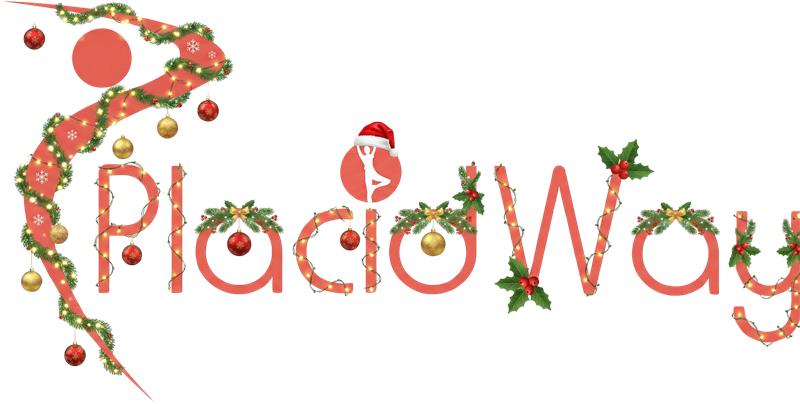

.png)

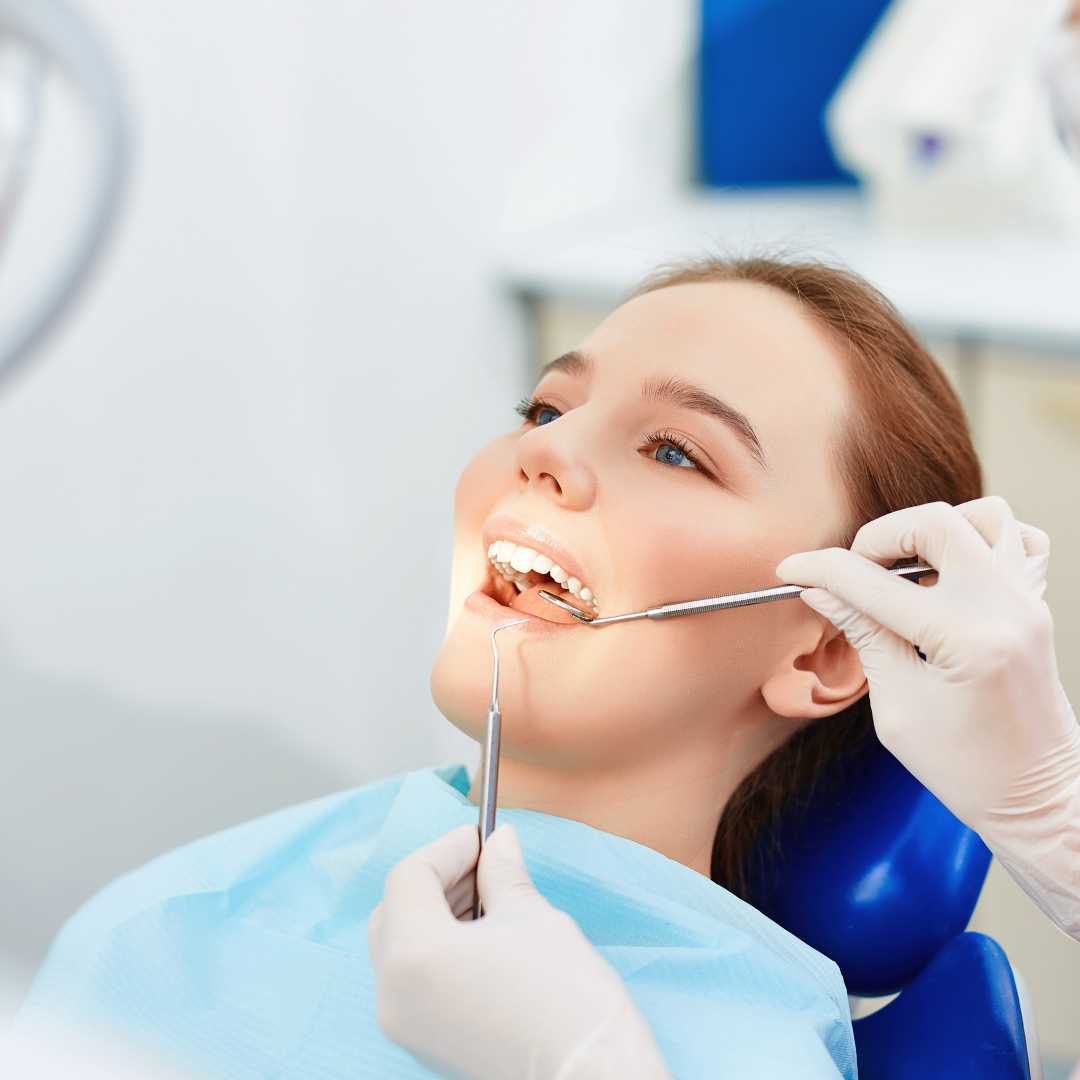



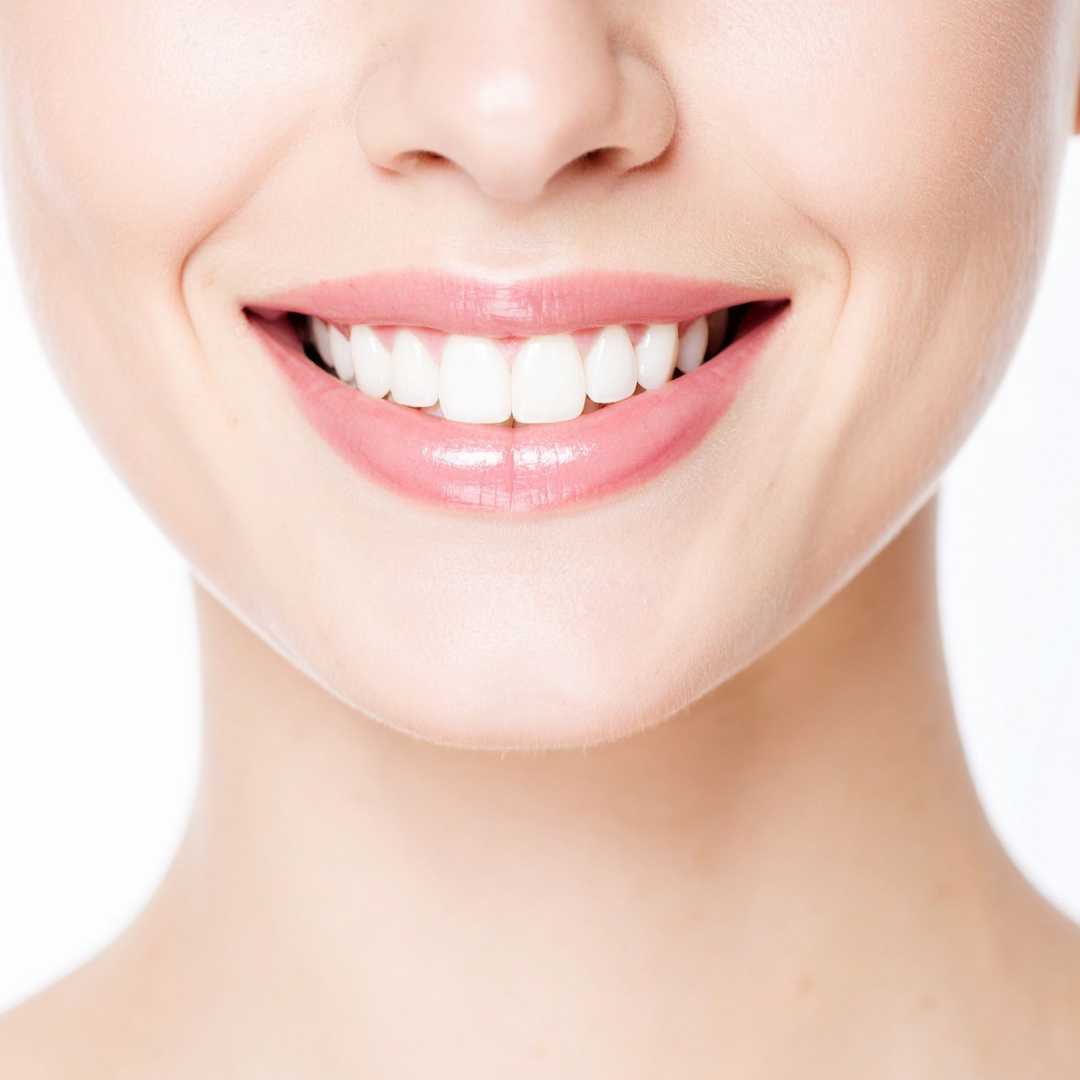


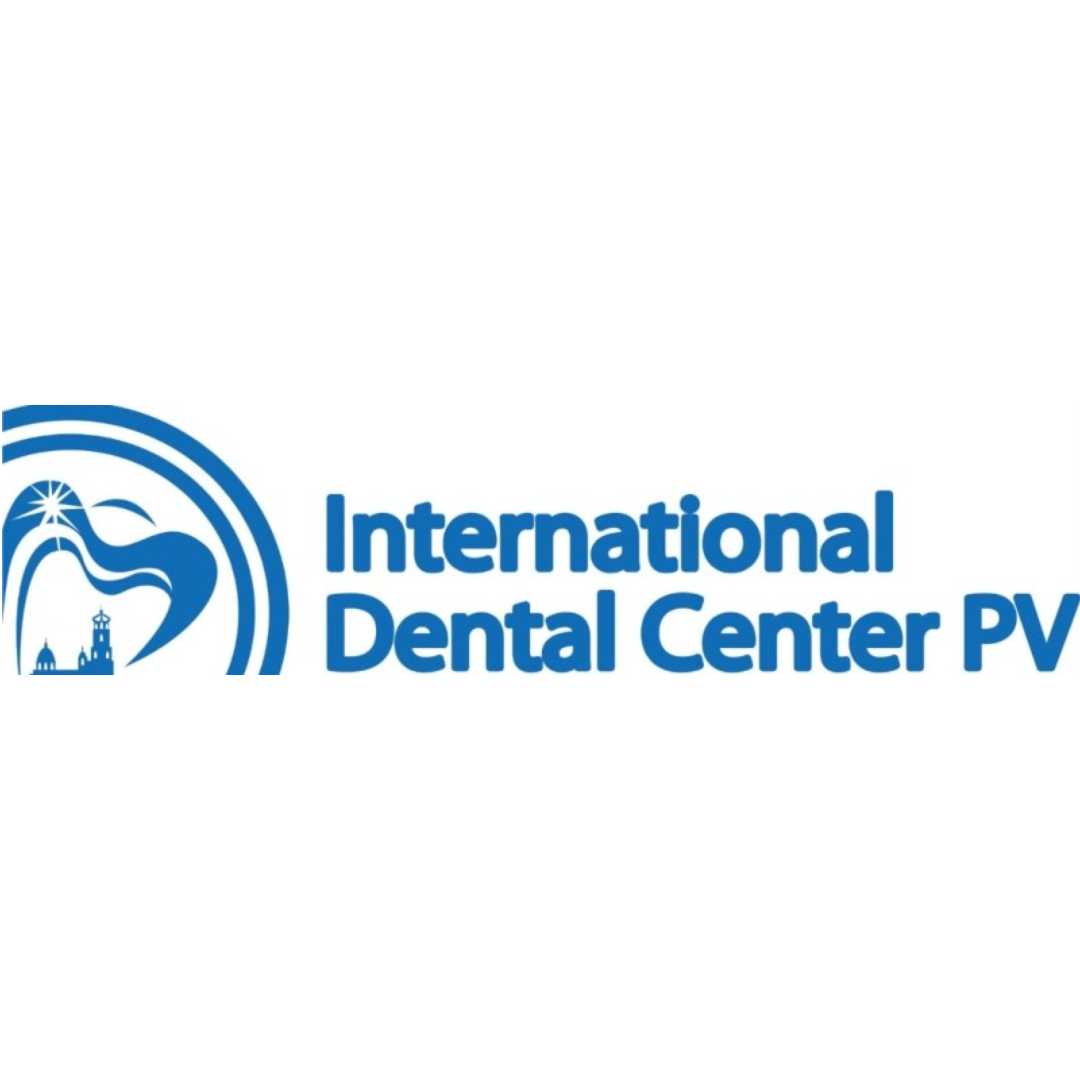
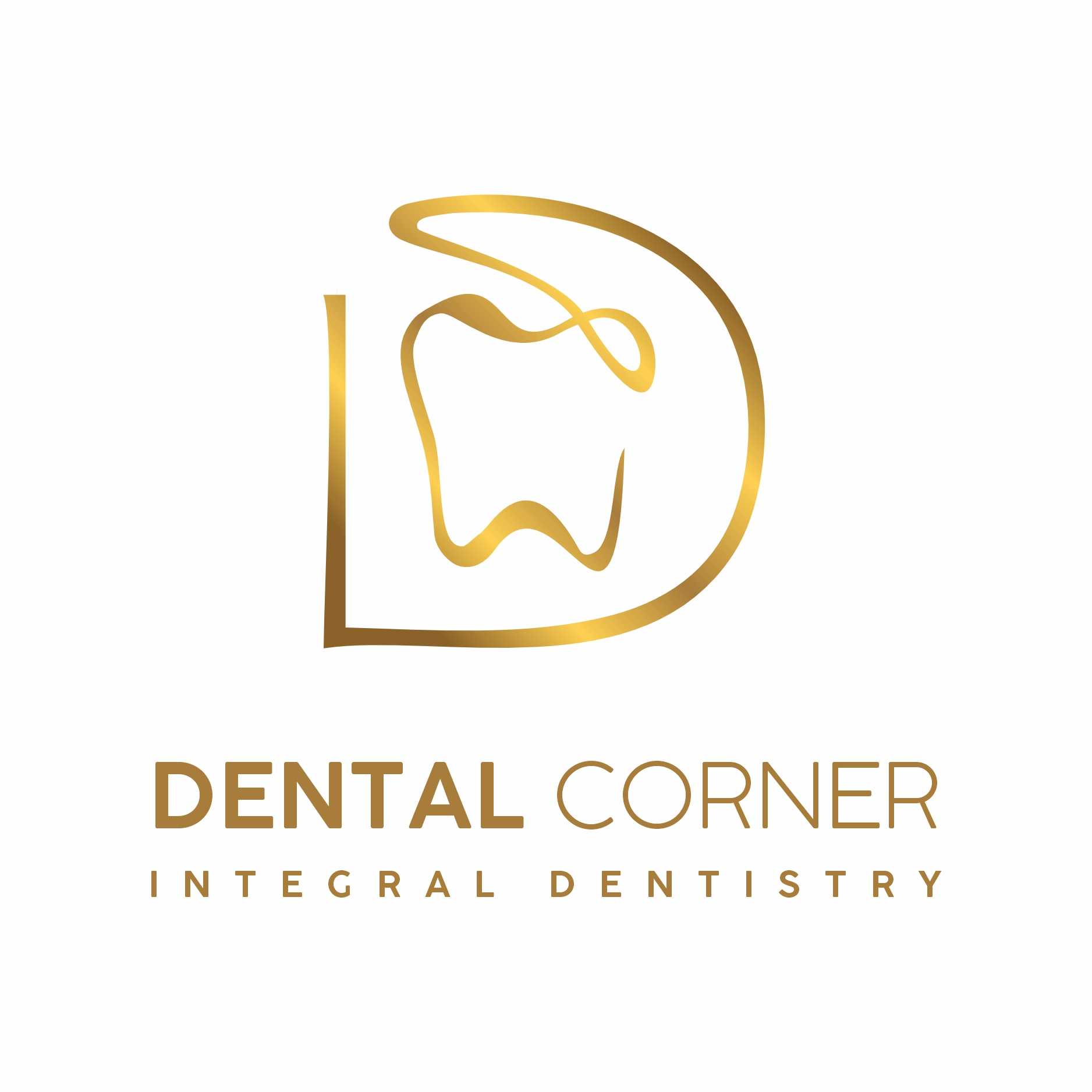
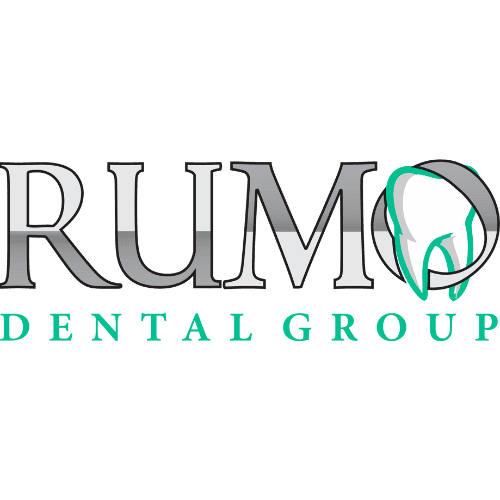

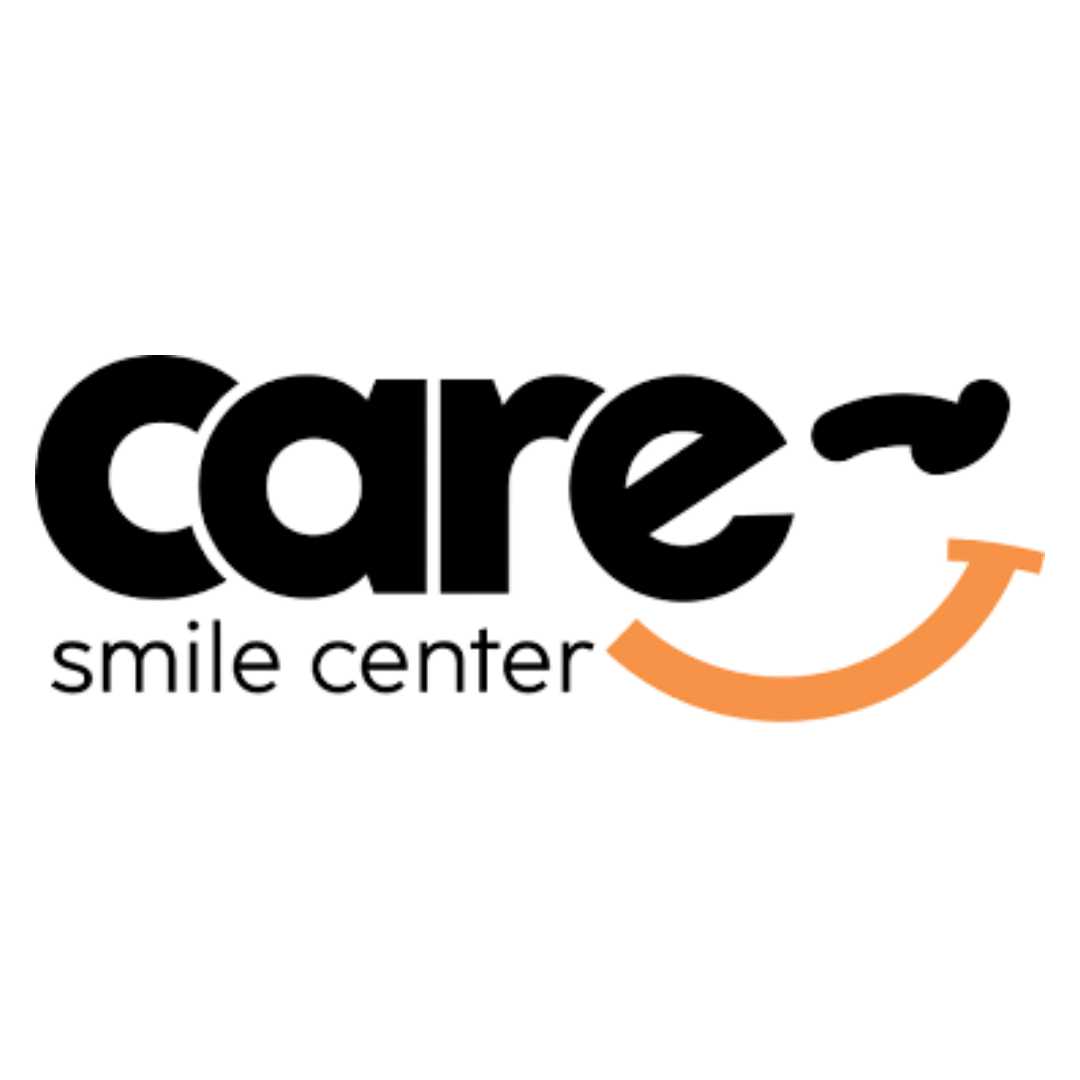

Share this listing